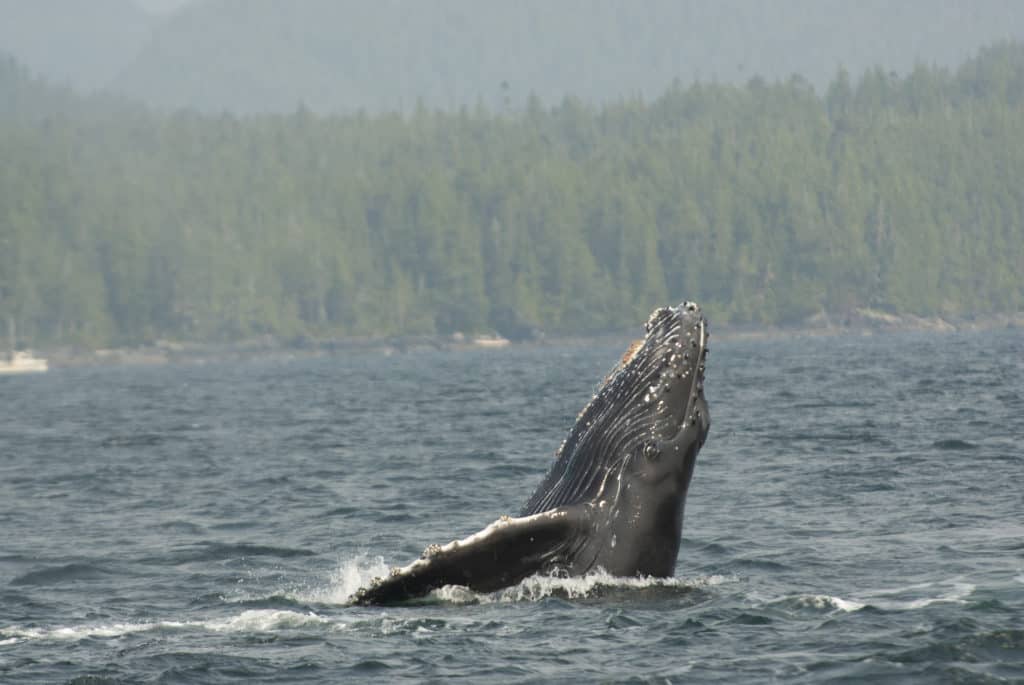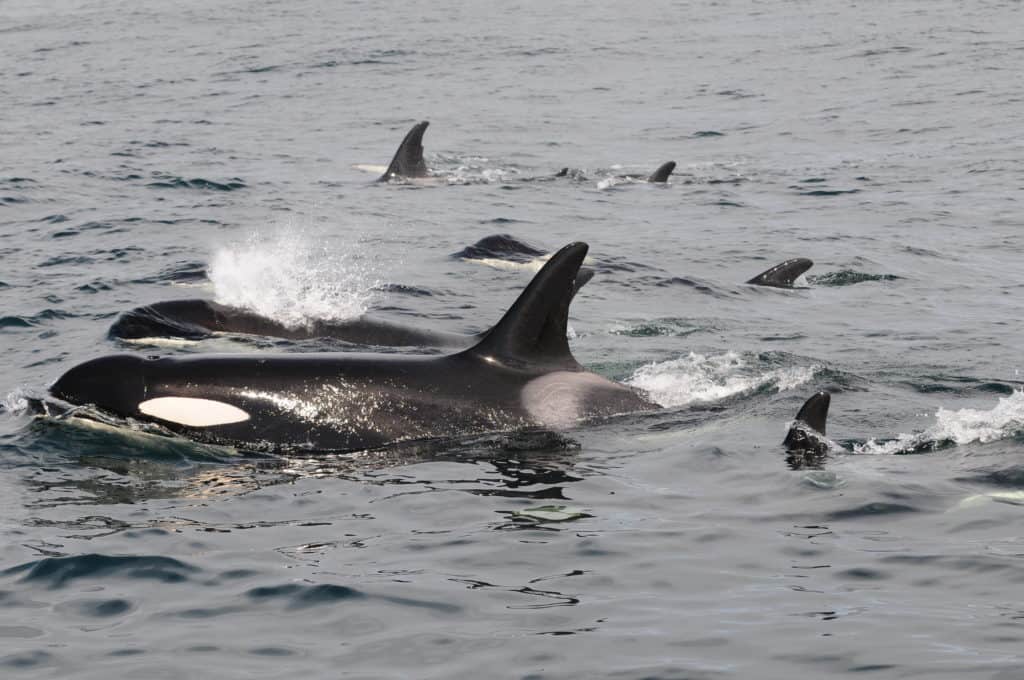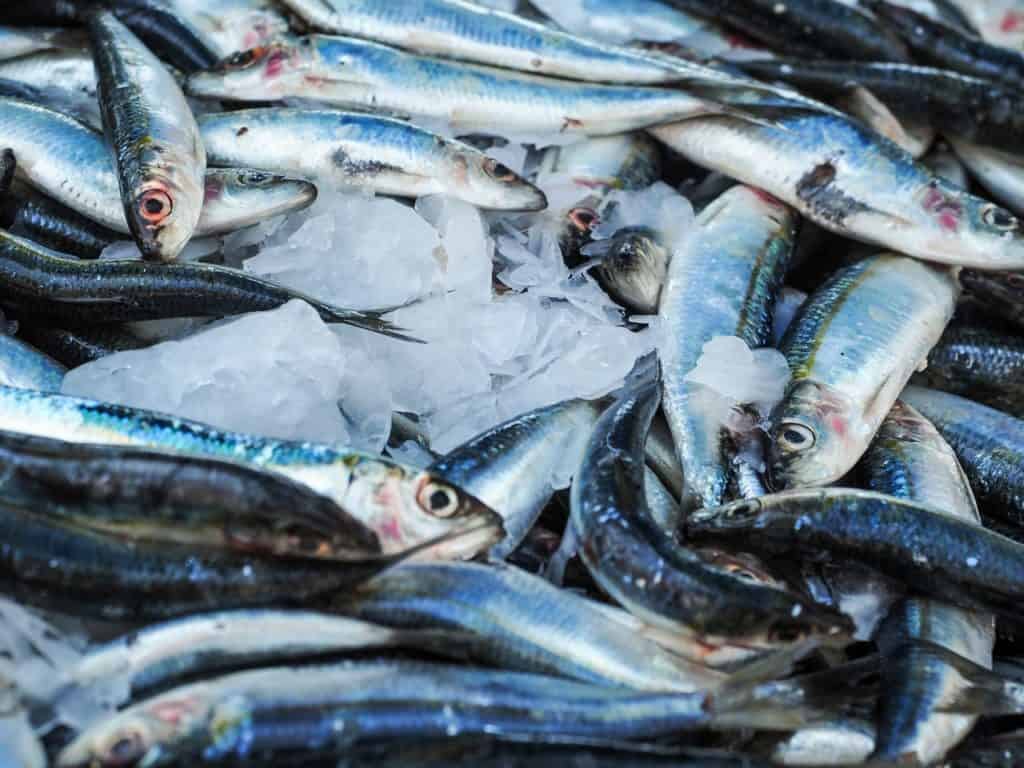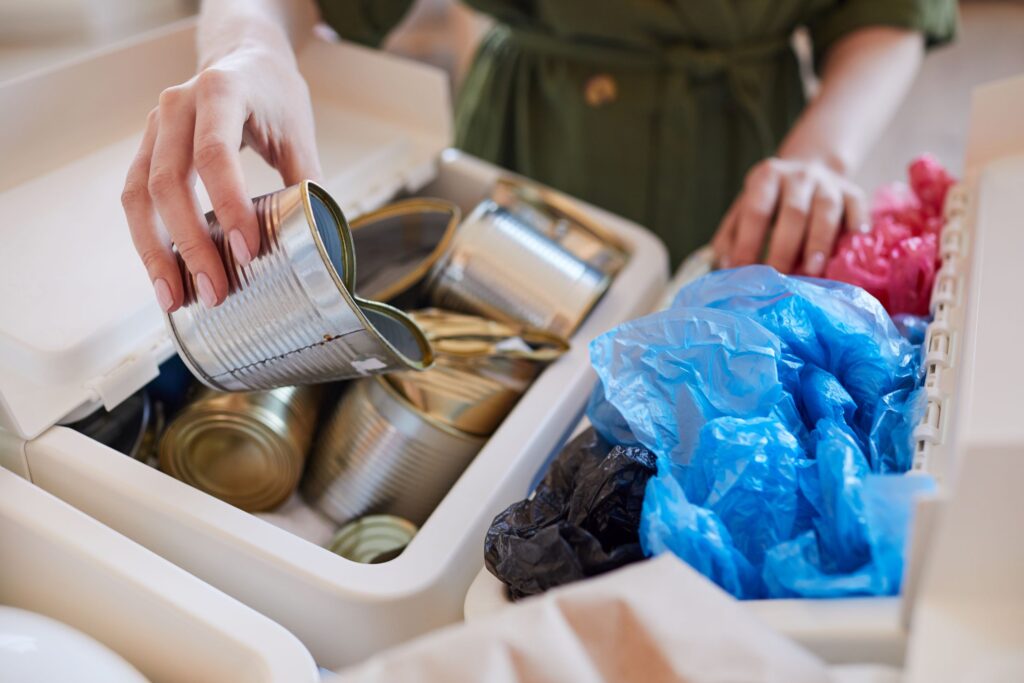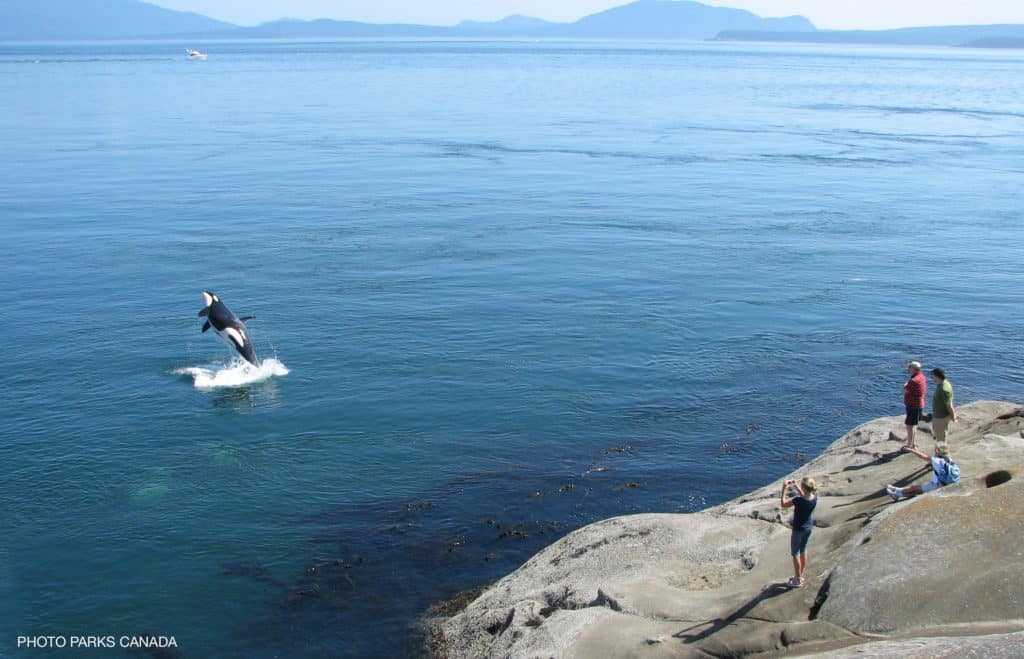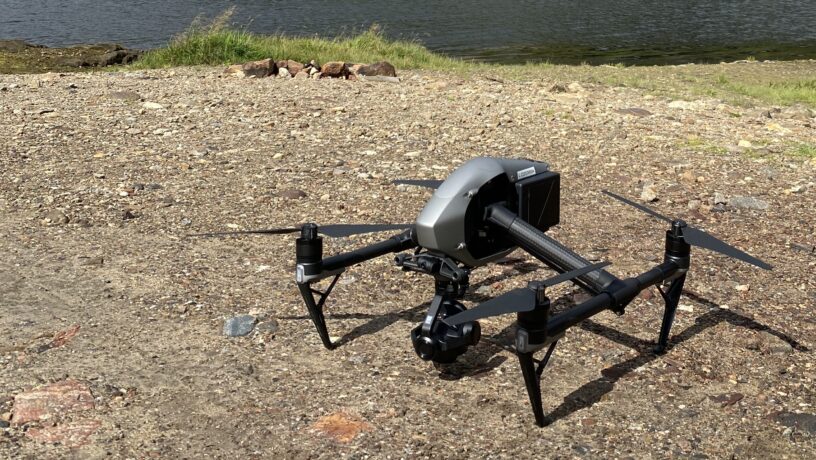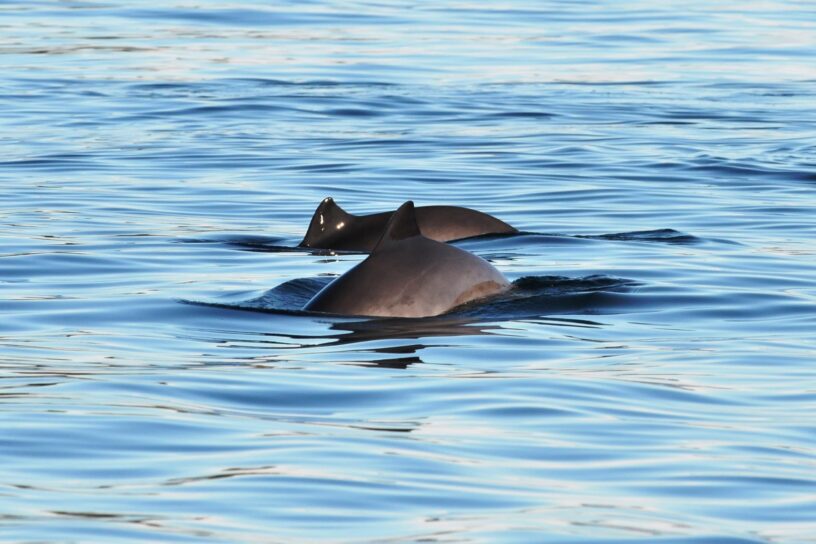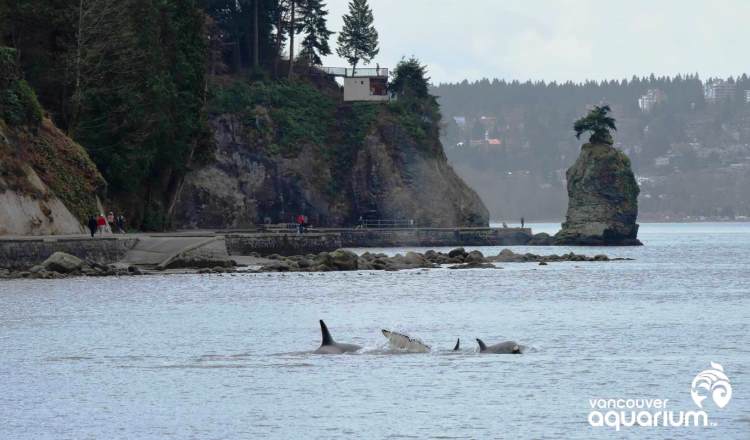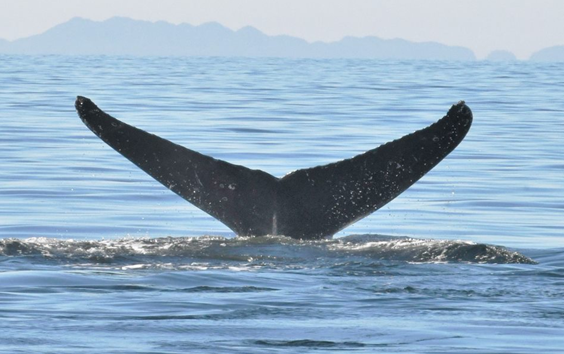
From the Field Blog #4: Meet the new kids on the block, Humpback whale addition
The Ocean Wise Whale Team has had a busy field season. This is the fourth in a series of four blog posts from the team on the North Coast.
We are lucky enough in Prince Rupert to get a steady stream of aquatic visitors all year long. Humpback whales frequent the highly productive waters from April to September, and some have even been documented staying late into the winter months. As great as it is to share the coast with so many animals, it can be difficult to keep track of them all! Since 2014, our team has been building a catalogue of all the whales that visit waters around Prince Rupert, updating it at the end of every season with new whales we encountered throughout the year.
Cataloguing is particularly important when studying the large-scale movements of these animals. Humpback whales are migratory animals that spend a lot of their time travelling. The North-East Pacific population spends their winter months (October-March) in tropical locations, like Hawaii or Mexico (lucky…) where they breed and birth their calves. These waters are much safer for calves to spend the first few months of their lives without the risk of predation from predators like killer whales. Once their calves are big and strong, they make the almost 5000 km migration, which takes on average 36 days, to come visit us here on the coast of British Columbia (BC). Once here, they begin to gorge themselves, foraging as much as possible to gain back all of the blubber that they lost over the winter. Some individuals have even been documented staying late into the colder months and are suspected to stay throughout the entire winter. By building a catalogue and documenting winter movements, we hope to fill a data gap in our understanding of why these whales may be here late into the winter months as opposed to migrating south to warmer waters.
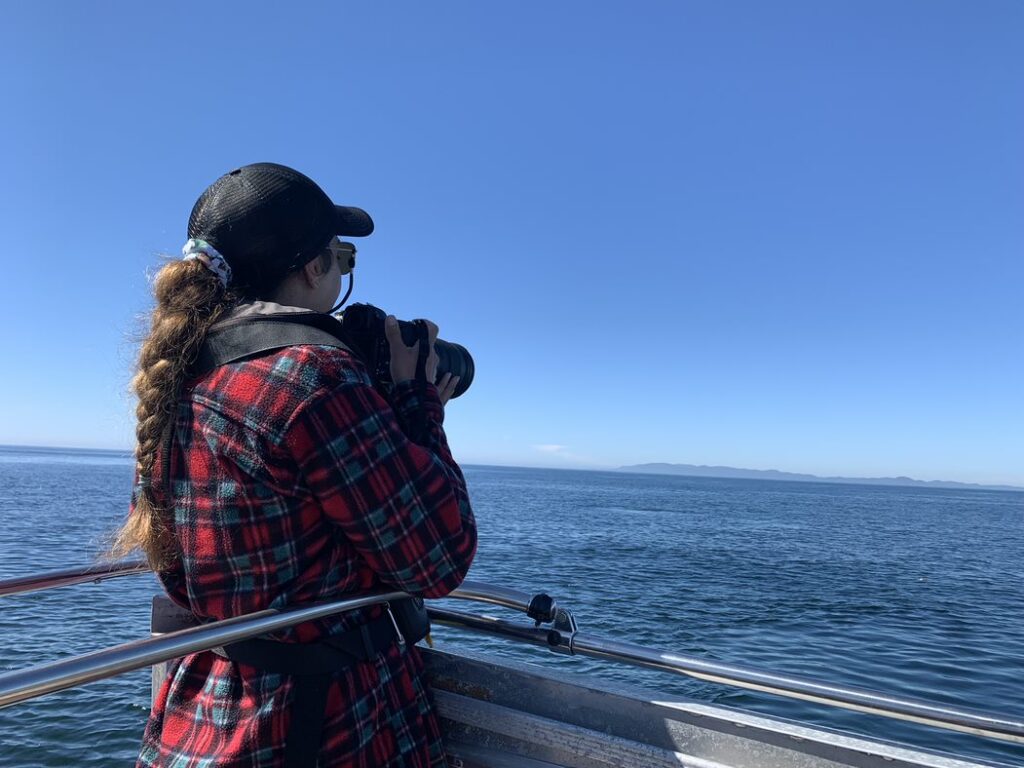
Using a telephoto lens to build the catalogue we need to be able to recognize which animals we’ve seen before, and which ones are new. This can be done by comparing photos taken of each whale we see. When humpback whales dive, they usually bring their tail flukes out of the water and as they go down, we are able to see the underside of their tail fluke. Their flukes are completely unique to every individual, similar to our fingerprints. When we come across a whale during field season, we take a picture of the underside of its fluke and look through our catalogue to see if it matches any previous images that have been recorded in our area before. Many of the whales we see frequently can be easily recognized. If we are unsure of an identity, we quickly search through our catalogue and sometimes… it’s a match! It is exciting when we see the same whales returning to the same foraging ground year after year, this helps us understand how humpbacks are expanding and utilizing the BC coast. Sometimes it is not a match, every year we do get some newbies. When this happens, we must do some more investigative research.
The next step is to check if the whale has been seen in other areas by looking through other catalogues along the BC coast. If we still have not found any matches for the whale, we can classify it as “New”. To ensure we haven’t missed a match we then turn to our good friends at HappyWhale, who will run all of our photos through their WhaleID algorithm to see if any matches come up within BC or even in their known breeding grounds such as Hawaii or Mexico
Ocean Wise is a part of the Canadian Pacific Humpback Collaboration (CPHC), which was established in 2017 as a collaborative effort between research groups along the coast of BC (Marine Education and Research Society, North Coast Cetacean Society, Pacific Wildlife Foundation, Humpback Whales of the Salish Sea, Ketal Coastal Conservation and us, Ocean Wise- North Coast Cetacean Research Initiative) as a way to consolidate data collected into a centralized catalogue and database for all Humpback Whales documented in Canadian Pacific waters. As our office in Prince Rupert is the northernmost research station in the CPHC, we are able to fill essential data gaps in the North Coast, furthering the understanding of the whales’ habitat use, population size and structure, life histories, and the impacts of threats like vessel strikes and entanglements. We don’t do this alone! We have many friends and groups out on the water that contribute their whale ID photos to help this effort.
This year we documented a livery large number of new whales to the region, approximately 80. This is substantially higher than the regular 30 new whales per year that we have been used to in the past. We aren’t sure why, but it could potentially be due to a higher research effort on the water.
Every whale we see is given a unique code that starts with BC (for British Columbia) and is followed by an X, a Y, or Z, UKNC (unknown north coast), the year it was first seen, and a number indicating which number new whale it is. X, Y and Zs roughly indicates the amount of white that is seen on the fluke compared to black. X whales are almost all black with only up to 20% of their fluke being white, Y whales have between 20-80% white, and Z whales have >80% of their fluke as white.
After all the photos from the season have been processed and all the whales have been double checked. Finally!! It’s here…naming day! This is always a day we look forward to because it is so much fun, and we try to be as creative as possible, everyone gets to have their input and we vote on the best name suggested. See below for a few of our favourites from this season. Let us introduce you to some of our new favourites, we hope to see these whales again in the new year after their long trip down south. In most cases, whales are named according to features seen on their fluke to make it easier to recognize them when we see them again. We hope you enjoy some of the silly names and can figure out why they were given the names that they were given.

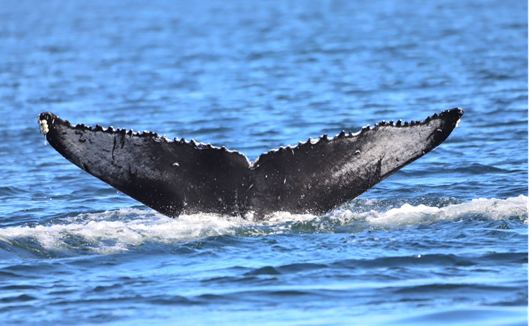


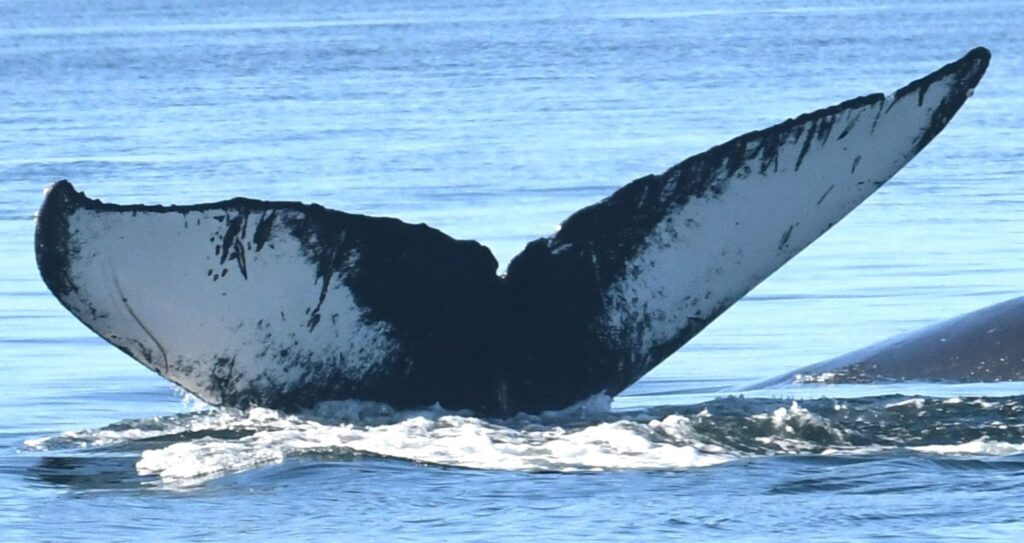

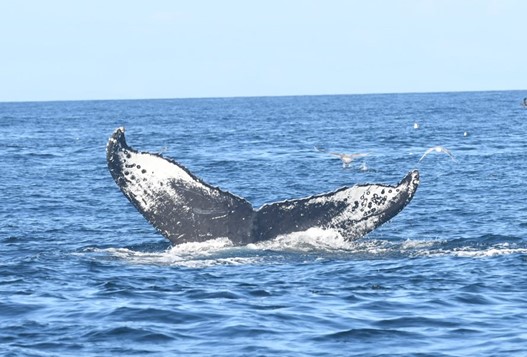

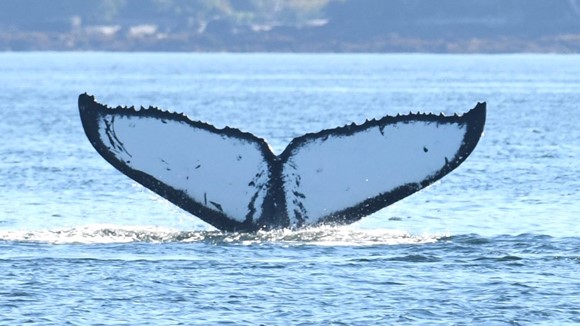
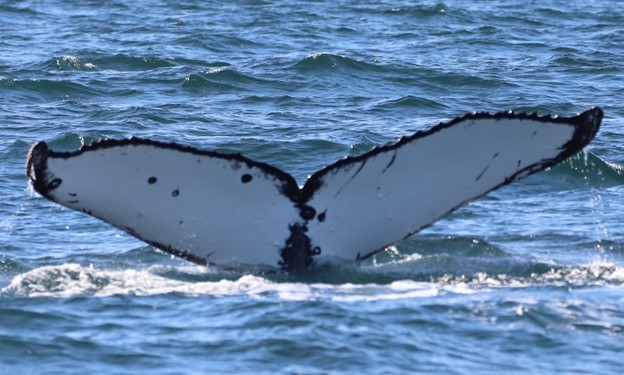
Posted December 23, 2022 by Nic Schulz
